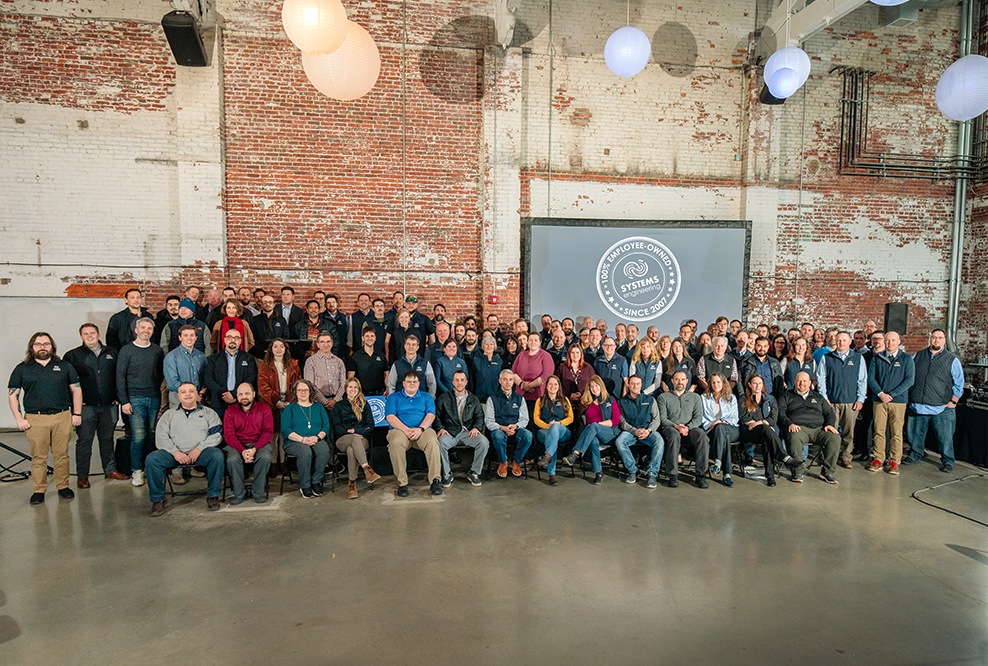Shopping online has continually grown in popularity, especially when it comes to tracking down that hard-to-find item, and cybercriminals have certainly taken notice. According to the Better Business Bureau (BBB), online shopping scams reported to their Scam Tracker have risen 87% since 2015.
Systems Engineering Promotes Jen Hughes to Director of Newly Formed Office of People & Culture
PORTLAND, MAINE, November 16, 2022 — Systems Engineering, Inc. announced Jen Hughes has been appointed Director, People & Culture. Hughes joins the company's leadership team assuming responsibility for the organization's human resources function and employee-owner success.
It's been a little over a year since the official release of Windows 11 in October 2021. During this time, we have been deploying it to customers upon request, and our engineering teams have been assessing and monitoring the latest OS for stability and quality issues. We recently completed the evaluation and can report that our systems and services are now compatible with Microsoft Windows 11 for workstations, and ready to support our clients as they move onto this new OS.
SECURITY ALERT: Authentication Bypass Security Vulnerability Found in Fortinet Firewalls and Web Proxies
Systems Engineering is aware of the following security vulnerability in Fortinet operating systems, FortiOS: CVE-2022-40684 / FG-IR-22-377.
Systems Engineering SE EventWatch Powered by the Arctic Wolf Security Operations Cloud Now Provides Clients Industry-Leading Cybersecurity Capabilities to Tackle the Increasing Dangers of Advanced Cyberattacks.
On Tuesday, August 23, an advisory notification was released by VMware, the virtualization technology software firm, announcing a local privilege escalation vulnerability (CVE-2022-31676). Updates are available to remediate this vulnerability in affected VMware products.
Backing up your critical data should be a fundamental part of every data protection strategy. With ransomware breaches and recovery costs nearly doubling over the last year, at 66% up from 37% and $1.85M up from $760K respectively, organizations cited data backups as the #1 method used to restore compromised data.












